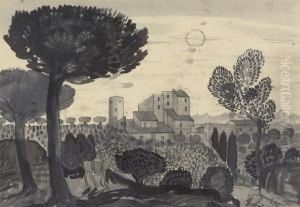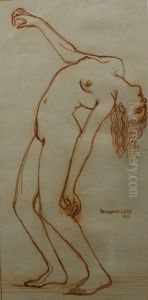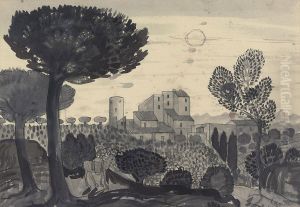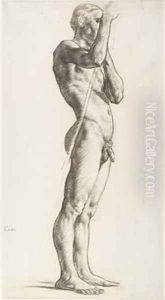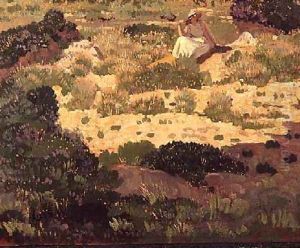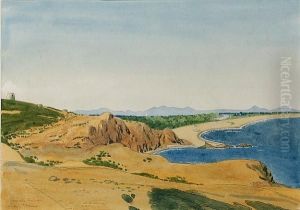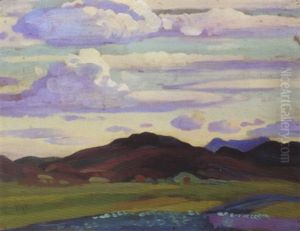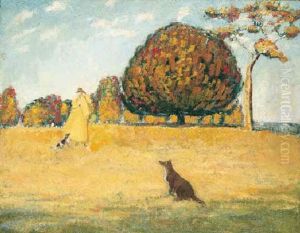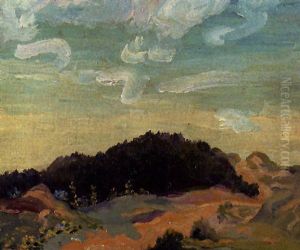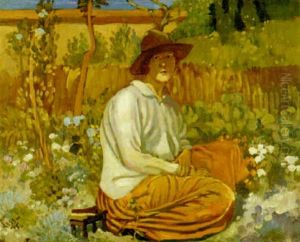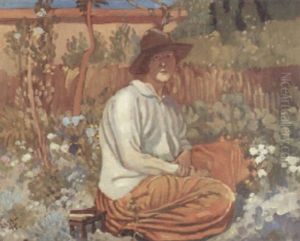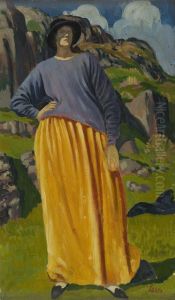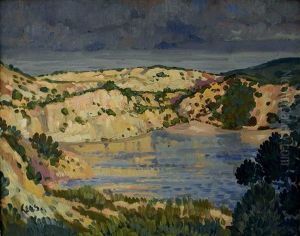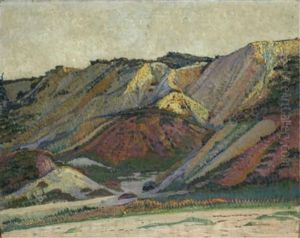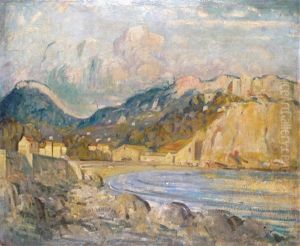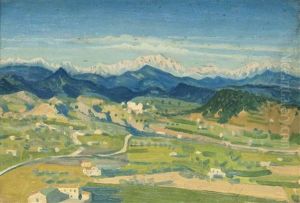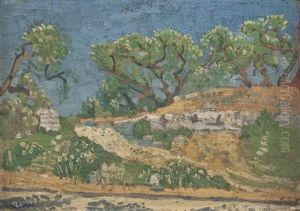Derwent Lees Paintings
Derwent Lees was a British-Australian painter, born on 14 May 1885 in Hobart, Tasmania, Australia. He was known for his landscape paintings and as a member of the Bloomsbury Group, which was an influential group of English writers, intellectuals, philosophers and artists.
Lees studied at the Slade School of Fine Art in London, where he developed his skills and was influenced by his peers and instructors, including the renowned artist Philip Wilson Steer. After completing his studies, Lees became an art teacher at the Slade and was associated with several prominent artists of the time, including Augustus John and Gwen John, who were also part of his social circle.
In 1911, Derwent Lees married the painter and engraver, Lillian Browse, and they had one child together. His work during this period was characterized by vibrant colors and dynamic brushwork, which reflected the post-impressionist influences that were prevalent among his contemporaries.
Lees' mental health began to decline after World War I, and his artistic output decreased. He suffered from mental illness for several years and spent time in and out of institutions. Tragically, his life was cut short when he died on 5 March 1931 in Middlesex, England, at the age of 45.
Despite his relatively brief career, Derwent Lees left behind a body of work that was admired for its expressive use of color and form, which captured the English countryside's beauty and the landscapes of his native Australia. His paintings are held in several art collections, including the Tate Gallery in London.










